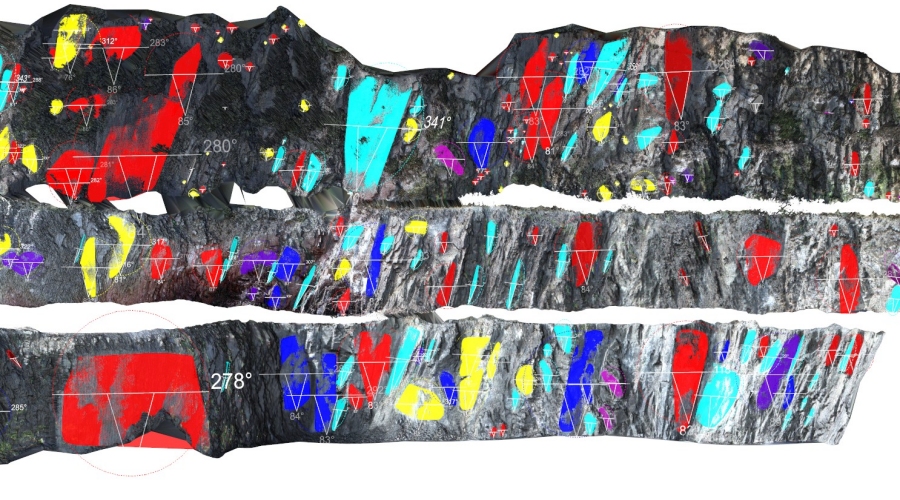
Maptek I-Site Studio Geotech
Maptek strives to provide inventive, powerful solutions to help mining companies build resilience during periods of economic contraction. At SME in Denver, Colorado this week, Maptek will be sharing insights, whether new techniques for training employees, optimising planning and scheduling, or enhancing site safety.
Three Maptek innovation leaders will address these issues at the 2017 SME Annual Conference & Expo and CMA 119th National Western Mining Conference.
Knowledge today flows globally with a quick swipe across a smartphone or tablet. The ‘millennial brain’ must learn from short bursts of information delivered in a world of distraction, while older generations absorb information differently. This dichotomy of learning styles presents a challenge for instructional designers. In a society with so many opportunities and distractions, alternatives to classroom learning are being evaluated.
To match the various learning styles of today’s industry professionals, learning must be easily accessible, user friendly and efficient. Incorporating multidisciplinary learning and cross-functional lessons ensures companies can develop resourceful, valuable employees.
Maptek Learning and Development Engineer Chris Johnson will explore the educational philosophy behind one practical training solution aimed at professionals, to accelerate training transfer and immediately apply skills to unique industry challenges.
Open pit optimisation and scheduling relies on efficiently transforming a mathematical model representing real scenarios into effective and optimised solutions. These models must be constructed so that they balance the constraints of the algorithms against real world considerations. Maptek Special Applications Development Engineer Matt Deutsch will outline how computationally efficient and accurate schemes for various scheduling and optimisation algorithms have been implemented, and compare them to commonly used regimes.
A primary concern at all mine sites is maintaining a high level of safety in a changing and challenging environment. New technologies using remote sensing techniques can reduce the potential for placing staff in dangerous situations.
When developing a mine design, unfavourable structural orientations, poor rock conditions and steep slope angles can create dangerous highwalls with potential for failure. Advances in 3D laser scanning and geotechnical software allow point cloud data to be analysed for structural orientation, spacing and waviness. Stereonet, rose diagram and advanced kinematics capability for detailed analysis leads to a better understanding of rock face stability and competence.
Maptek I-Site Consultant Aaron Gonçalves will highlight specific case studies that illustrate the benefits of 3D laser scanning and geotechnical software for analysing open pit highwalls.
Attendees can find out more about these and other advanced mine technology solutions at Maptek Booth #1409.
———————————————————————————————————————————————
Mon, 14.45, Room 212 – Practical Online Learning for Cross-Generational Skill Development, by Chris Johnson
Tues, 9.05, Room 501 – Efficient Generation of Open Pit Precedences for Scheduling & Optimization, by Matt Deutsch
Weds, 9:55, Room 502 – 3D Laser Scanning & Geotechnical Software for Safely Mapping Highwalls, Aaron Gonçalves
About Maptek
Founded 37 years ago, Maptek™ is a leading provider of innovative software, hardware and services for global mining. Maptek solutions are used at more than 1800 sites in 75 countries, with applications across the mining cycle. Maptek develops industry-leading software Vulcan™, Eureka™, Evolution and BlastLogic™ for mine evaluation, planning, design, scheduling, operation and rehabilitation. I-Site™ integrated hardware and software targets 3D laser scanning, survey and imaging. The spatial data collected can be used for geotechnical analysis, stockpile measurement, design conformance and movement tracking supported by software systems I-Site Studio, Drive, PerfectDig™ and Sentry.